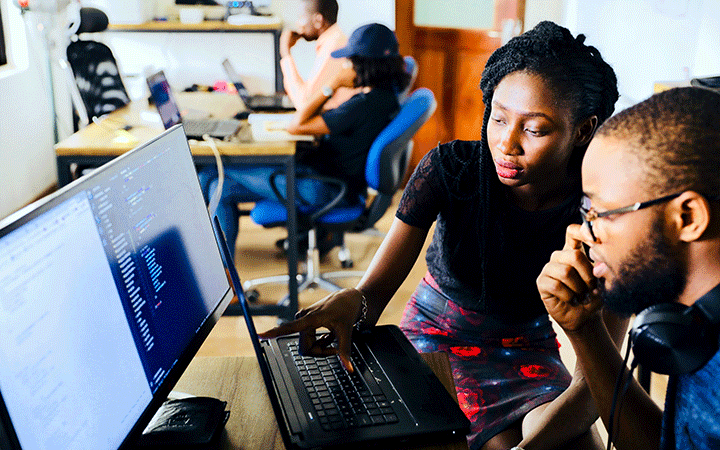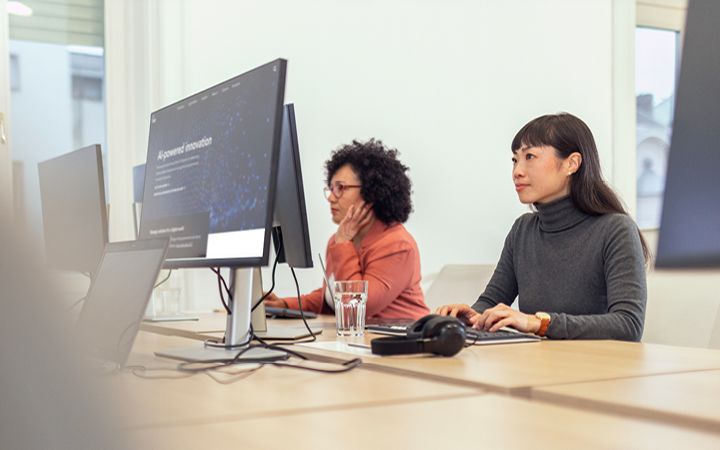Human capital and workforce transformation
Aligning emerging organization needs with new talent strategies.
Maximize the value of your most important asset: your people
Our clients have high-octane organizations to run, programs and initiatives to launch, and talent to hone. But with any ambitious mission comes unique operational challenges. We take a future-of-work approach to complex workforce challenges with organizational learning and performance solutions that help clients improve their people, processes, and programs. Our specialists align their experience with your objectives to optimize performance at all levels.
Our services
- Technical assistance
- Leadership development
- On-site program support
- Operating model transformation
- Enhancing employee retention
- Training needs and assessments; Customized learning events
- Learning analytics
- Culture and employee experience
- Career paths
- Remote workforce enablement
- Talent acquisition
- Human capital and HR analytics
- Workforce analysis
- Performance management

Powering the modern workforce
Task automation. Data dashboards. Employee self-service. Inspire and empower your people to thrive with mission-integrated, tech-forward human capital solutions.
Our insights
Our work
Related industries, solutions, and services






